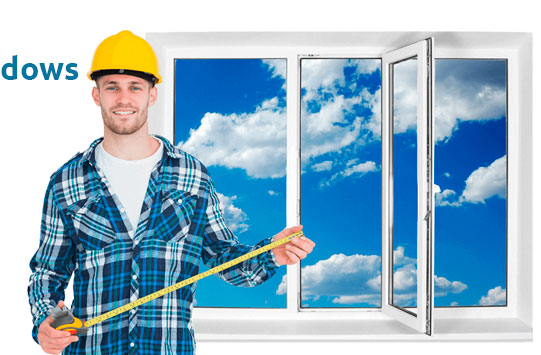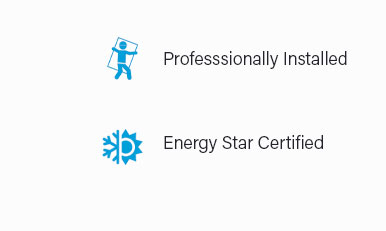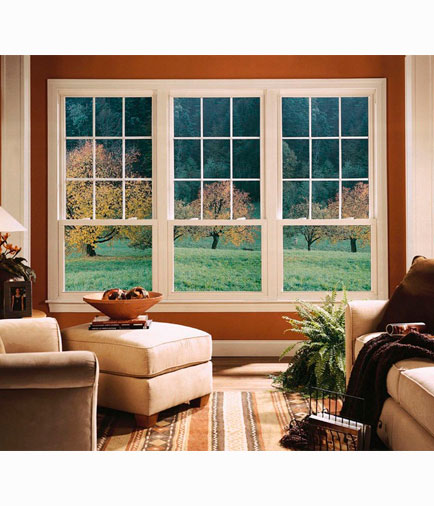 |
 |
 |
 |
|
 |
||
 |
 |
 |
 |
 |
 |
 |
 |
|
 |
 |
|
Transform your space with our expert windows installation and replacement services, where innovation meets excellence, and your vision becomes reality; discover the difference with our comprehensive replacement window comparison that empowers you to choose with confidence, ensuring superior energy efficiency, durability, and style tailored to your needs-because when it comes to your home, you deserve nothing but the best.
https://www.replacementwindowsreviews.co/
Replacement windows prices are all over the board, anywhere from $199 Window World prices to over $1200 for Andersen Windows prices on their ... https://www.marvin.com/blog/insert-vs-full-frame-window-replacement
Full frame window replacement is when existing windows are completely removed down to the studs and the new window is installed in the opening. https://www.andersenwindows.com/windows-and-doors/windows/compare/
Replacement Doors - Contact Us. Find Help. Technical Documents - Dealer Portal - MyAndersen (Opens in a new tab) - Contact Us - FAQs - Window ...
|